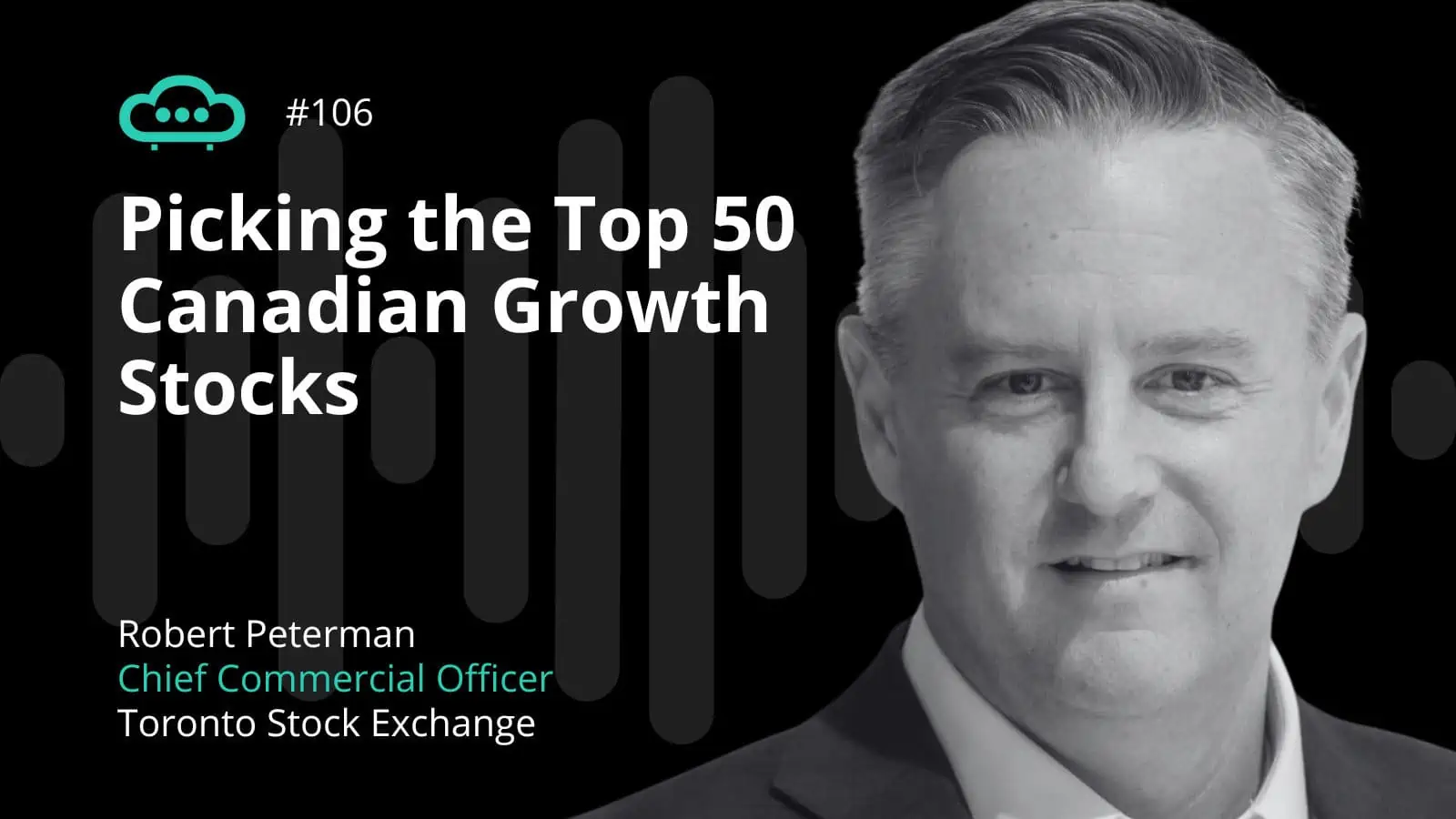On July 13th, the United States Bureau of Labour Statistics (BLS) released the latest batch of consumer price data, revealing a jump in inflation of 5.4% in June, comparatively to the same period of 2020. The reading was the highest since 2008, well above the market consensus, which was expecting 4.8%. Crucially, the BLS figures also revealed a hike in prices of 0.9% just during the month of June.
We all remember how the financial markets panicked back in April, when year-on-year inflation read at 4.2%, triggering a heated debate over the need to raise interest rates. Eventually, the debate forced the Federal Reserve to pivot on its accommodative policies and adopt a more hawkish stance, bringing forward the expected timing of the tapering by at least a year.
Second-hand cars account for one third of US inflation jump
This time around there was no panic in the markets, with investors quickly regaining their posture after the first impact and the S&P500 (the main US stock market index) even reaching a fresh all-time high on the day that followed the publication of the numbers. The reason for this muted reaction lies in the fact that roughly one third of the inflation jump can be attributed to a spike in the prices of second-hand cars; the cost of used vehicles rose by a staggering 45% over the 12 months running up to June, the steepest yearly increase ever recorded. It is most unusual that a fringe sector of the economy has such a dramatic impact on one of the most important metrics utilised by policy decision makers; normally, it’s food, accommodation and fuel playing a central role.
The main reason behind the rise in the cost of used vehicles is a sudden and steep increase in demand. During the second quarter of last year car sales dropped abruptly; the uncertainty generated by the virus kept would-be buyers away and many dealerships were closed. Now, shoppers already flush with cash, accumulated during many months of being unable to spend, as well as government stimulus cheques, decided it was time to buy a car.
Fall in supply of new cars on semiconductor global shortage
Another reason behind the extraordinary rebound in used car sales is the drop in the supply of new vehicles, caused by a global shortage of semiconductors, that is forcing manufacturers to reduce production; which in the case of Ford, for example, is expected to drop by at least 20% this year. One final angle to this dynamic, arises from the rent-a-car industry; with many commuters and holidaymakers still reluctant to use public-transport, demand for rentals is peaking, pushing operators to wholesale buy at second-hand car auctions.
Normal levels of new car production are expected in the not-too-distant future, as the supply of semiconductors returns to normality, and the other circumstances, that dictated a sudden spike in demand, will also fizzle-out. So, the upsurge in used car prices will soon slow down, and so should inflation.
Still, this episode provides a good illustration of the peculiarly interesting times we have been living through, with so many unforeseen events and trends emerging in the trail of the virus.
CFDs are complex instruments and come with a high risk of losing money rapidly due to leverage. 74% of retail investor accounts lose money when trading CFDs with this provider. You should consider whether you understand how CFDs work and whether you can afford to take the high risk of losing your money.












